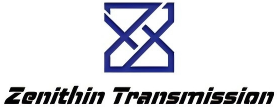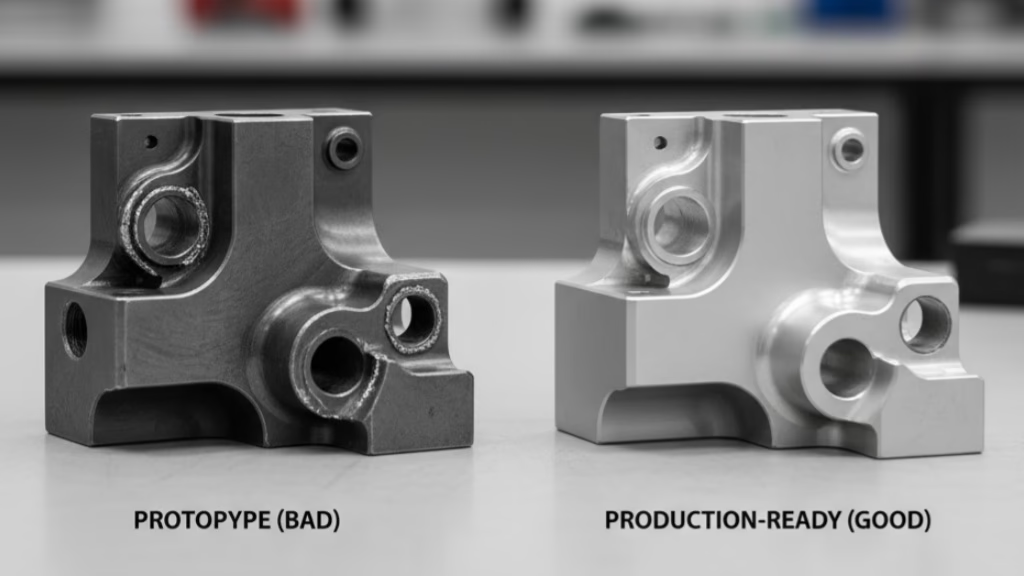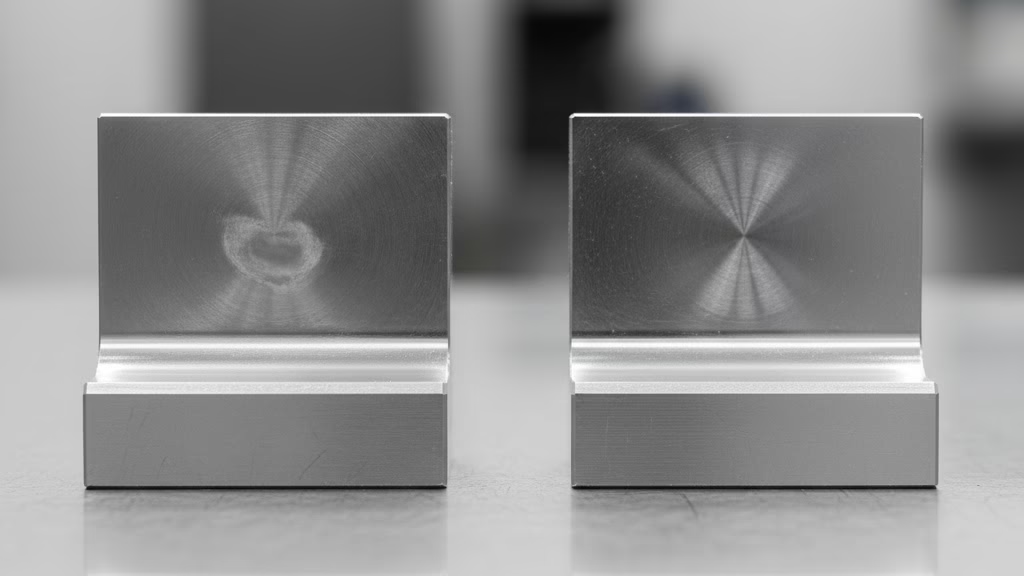Stop losing money on warped and distorted parts after your heat treatment process. This guide provides a proven, systematic playbook for managers to diagnose the true root causes of distortion, from design to final quench. We’ll give you the actionable steps to implement lasting, cost-saving solutions.
Preventing heat treatment distortion requires a systematic approach focusing on four key areas: 1) Part design that minimizes stress. 2) Consistent raw material selection and control. 3) Pre-heat treat processes like stress-relief annealing. 4) Precise, scientific control of heating and cooling rates.
Now, read on to get the real-world case studies, data, and the supplier audit checklist that will fundamentally change how you manage this critical process.
A Systematic Troubleshooting Checklist for Managers

To escape the cycle of blame, you need to broaden your perspective. The heat treatment furnace is often where the problem becomes visible, but it’s rarely where it begins. Let’s start the investigation at the true source.
Design Dictates Destiny
As Senior Research Scientist D. Scott MacKenzie, Ph.D., FASM, frequently points out, “Distortion control does not start when the part enters the furnace; it starts at the design stage. Approximately 80% of all distortion-related problems can be traced back to part design, material selection, and prior manufacturing steps.”
Think of your part’s design as its genetic code for distortion. Features like sharp internal corners, drastic changes in section thickness, or asymmetrical shapes create natural stress points.
When the part is heated and cooled, these are the areas that will pull, twist, and warp. Before you ever question a furnace setting, ask your team:
- Is the design as symmetrical as possible?
- Have we used generous radii instead of sharp corners?
- Are the transitions between thick and thin sections gradual?
By embedding these questions into your design review process, you are not just designing a part; you are designing a successful heat treatment outcome.
Material is the Foundation
Have you ever seen two seemingly identical batches of parts go through the exact same heat treat process, only for one to come out perfect and the other to be a total loss? We have.
We once investigated a case where the only difference between the two batches was the purchase date of the raw material.
While both batches of steel met the official industry standard, their specific chemical compositions varied slightly within that acceptable range. A tiny difference in chromium or molybdenum content was enough to alter the material’s hardenability and the precise temperature at which its internal structure transformed. The result? Catastrophic distortion.
This is a critical lesson: “Meeting the standard” is not the same as “being consistent.”
For critical parts, you need to work with your suppliers to ensure material consistency from batch to batch. It’s the foundation upon which every other step rests.
Machining Remembers
Imagine your machining process is “writing” a memory of stress into the part. Aggressive rough machining can introduce a tremendous amount of residual stress, an invisible force coiled up within the material.
The heat of the furnace then acts like a trigger, releasing all that stored energy at once. The result is predictable: the part warps to a new, contorted shape.
We worked with a client producing long shafts who was battling a bending issue that left their yield rate below 60%. They had tried everything in the heat treat process to no avail. The solution, however, was found one step earlier.
By re-inserting a stress-relief annealing step between their rough and final machining stages—a step they had previously cut to save time—their final yield rate shot up to over 95%.
That small, inexpensive step saved them from immense losses, proving that letting the material “forget” its machining stress before heat treatment is one of the most powerful tools you have.
| Problem Area | Primary Cause | Actionable Solution |
|---|---|---|
| Design | Asymmetry, sharp corners, non-uniform thickness | Implement DfM review; enforce design checklists |
| Material | Inconsistent alloy composition between batches | Establish strict internal standards; manage MTCs |
| Pre-Processing | High residual stress from prior machining | Integrate a mandatory stress-relief annealing step |
Transforming Heat Treatment from “Art” to “Science”
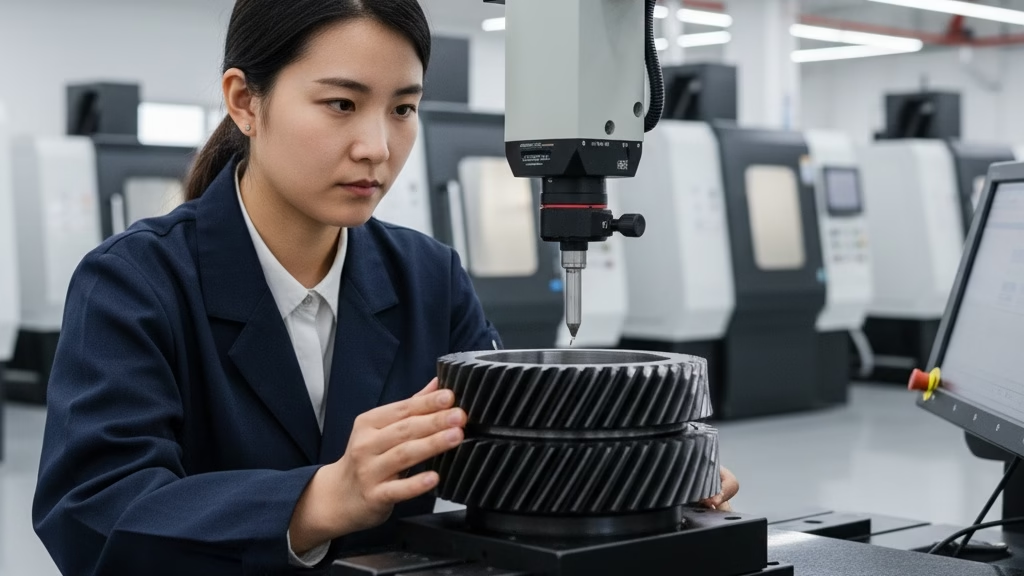
For too long, heat treatment has been treated as a kind of dark art, relying on the intuition of seasoned operators. But to achieve consistent, distortion-free results, you must manage it as a science.
This means providing your teams and suppliers with the scientific standards to control every stage of the process.
The soul of this control lies in the cooling stage, or quench. The late Dr. George E. Totten, a global authority on quenching, taught a principle that every manager should know:
“The highest cooling rate is not always the best. The ideal quenchant… is one that cools the part fast enough… to achieve the required hardness, but as slowly as possible thereafter, especially in the martensitic transformation range, to minimize thermal stress and distortion.”
This “martensitic transformation range” is the critical window where the steel’s internal structure changes, causing massive internal stress. By slowing the cooling rate through this specific temperature zone, you allow these stresses to be relieved gently, rather than violently.
It’s the difference between a controlled descent and a crash landing. You can achieve this by ensuring your team uses the right quenchant—whether it’s oil, water, polymer, or high-pressure gas—based on the part’s specific material and geometry.
But control starts even before the quench. Proper heating is just as crucial.
Ensure your parts are loaded into the furnace in a way that allows for uniform heat exposure—hung vertically, properly fixtured, and with adequate spacing, never just piled in a heap.
For complex parts, a slow, methodical preheat isn’t a waste of time; it’s a critical step that prevents the thermal shock that initiates warping. By managing these variables with scientific precision, you transform the process from a guessing game into a predictable manufacturing step.
Are You Working with a Job Shop or a True Technical Partner?
As a manager, you are conditioned to evaluate suppliers on two primary metrics: cost and delivery time. When it comes to heat treatment, this is one of the most expensive mistakes you can make.
You aren’t just buying a commodity priced per pound; you are buying a critical engineering service that determines the final viability of your parts.
This is where you must distinguish between a simple “vendor” and a true “partner.”
- A vendor takes your parts and your instructions. If the parts come out warped, the conversation often ends with them pointing to your design or material as the problem. The relationship is transactional and often becomes adversarial when issues arise.
- A partner, on the other hand, engages with you before the parts ever enter their furnace. They will ask to see the part’s final application. They will question your design and material choices, not to criticize, but to anticipate problems.
They collaborate with you to define what success looks like—for instance, agreeing on a specific dimensional tolerance for a critical feature. They are not just selling a service; they are providing a guarantee of dimensional stability.
How do you break open the “black box” of their process? You must demand data. A true partner will have no problem providing you with a “Process Data Package” for every batch.
This isn’t just for accountability; it’s your only tool for ensuring repeatability and diagnosing issues. At a minimum, this package should include:
- The complete furnace temperature and time chart.
- Key parameters of the quench medium, like oil temperature and agitation speed.
- Atmosphere control data, such as the carbon potential curve for carburizing.
A supplier who is unable or unwilling to provide this data is telling you everything you need to know about their process control.
To assess your current supplier, ask them for this data from your last job. Their response will tell you if you have a vendor or a partner.
From “Technical Cost” to “Return on Investment”
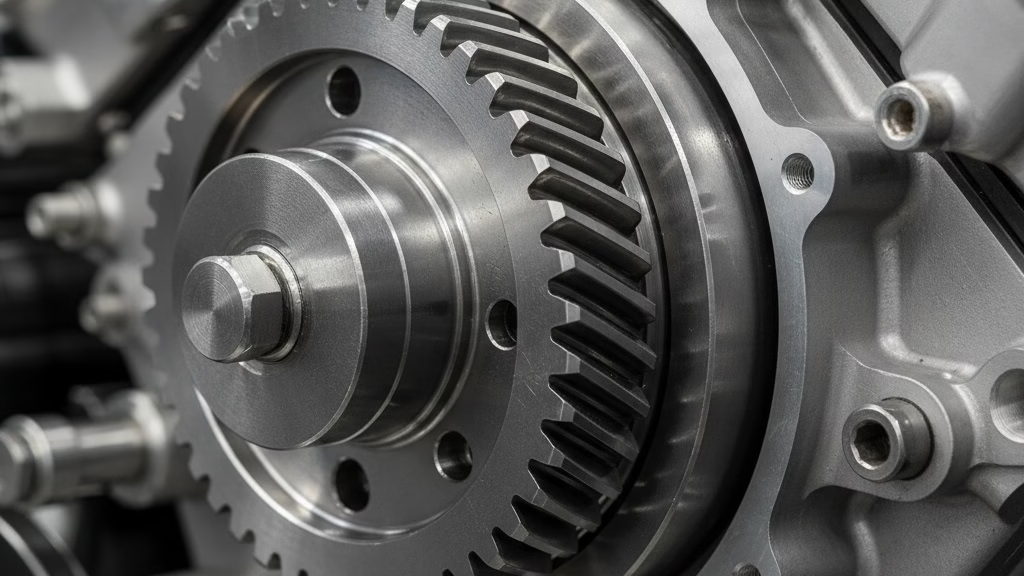
How do you convince your leadership to invest in a higher-priced heat treat partner or a new piece of equipment? You can’t walk into a budget meeting with tales of martensitic transformation.
You must speak their language: the language of return on investment (ROI).
The first step is to stop thinking about distortion as a simple technical loss and start calculating its Total Cost of Distortion. This number is always much larger than you think because the true costs are often hidden. Let’s build a simple framework:
Key Cost Categories in Distortion Analysis
- Explicit Costs (The Tip of the Iceberg):
- Cost of the raw material for scrapped parts.
- Cost of all machining hours invested before heat treatment.
- The fee you paid for the failed heat treatment service.
- Implicit Costs (The Hidden Mass Below):
- Labor hours for your engineering team to investigate the problem.
- Machine time and labor for rework and straightening operations.
- Cost of delayed shipments and potential late-delivery penalties.
- The damage to your company’s reputation and customer trust.
Once you have this total number, the conversation changes. Let’s look at a real-world scenario. A client of ours switched to a precision heat treater whose per-piece price was 25% higher. But by doing so, their final part yield rate jumped from 60% to over 98%.
When they ran the numbers, the total cost per good part actually decreased by 40%.
This is the data you need. Frame the higher upfront cost not as an expense, but as an investment in quality and predictability. You are not just buying a better process; you are buying an insurance policy against catastrophic production failures.
You are making a strategic investment to manage risk, protect your brand, and ensure the long-term profitability of your product line. That is a language every executive understands.
Your Zero-Distortion Action Plan
Tackling heat treatment distortion requires a fundamental shift in your approach. It’s time to move from reactive problem-solving to proactive system-building.
The journey to zero distortion is built on three core mindset shifts:
- From Post-Mortem to Prevention: Stop analyzing scrap heaps and start analyzing your designs and material selection processes.
- From a Singular Focus to a Holistic View: Broaden your scope from the furnace settings to the entire part lifecycle. Doing so requires an integrated manufacturing workflow, moving the focus from a single operation to the entire journey from CAD file to final inspection.
- From Lowest Price to Best Value: Evolve your purchasing metric from the lowest cost per part to the lowest total cost of a good part.
This may seem like a significant undertaking, but you can start today. Here is a clear, actionable plan to begin taking control:
- Take Immediate Action: Use the troubleshooting checklist from Part 1 to evaluate your highest-risk component right now.
- Assemble the Team: This week, schedule a meeting with leaders from design, engineering, and procurement to form a dedicated “Distortion Task Force.”
- Audit Your Partners: Next month, use the supplier audit checklist from Part 3 to have a frank, data-driven conversation with your most critical heat treat supplier.
By taking these steps, you are not just solving a persistent technical problem. You are leading your organization toward a more robust, efficient, and profitable manufacturing process. Mastering the challenge of heat treatment distortion is a critical step in building a truly resilient and competitive operation.
Ready to Achieve Consistent, High-Precision Results?
You’ve learned the strategy to control distortion. Now, partner with a team that has the process control and technical expertise to deliver the precision your projects demand.
References & Notes
[1] Expert Profile: D. Scott MacKenzie is a highly respected metallurgist and a Fellow of ASM International, the world’s largest association of materials-centric engineers and scientists. His extensive publications focus on quenching, distortion control, and heat treatment processes.
[2] Martensitic Transformation: This is a diffusionless phase transformation in steels that occurs during rapid cooling (quenching). It is the primary mechanism for hardening steel, but the associated volume change is a major source of internal stress and distortion if not properly controlled.
